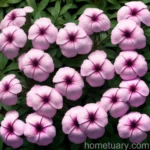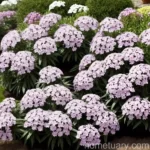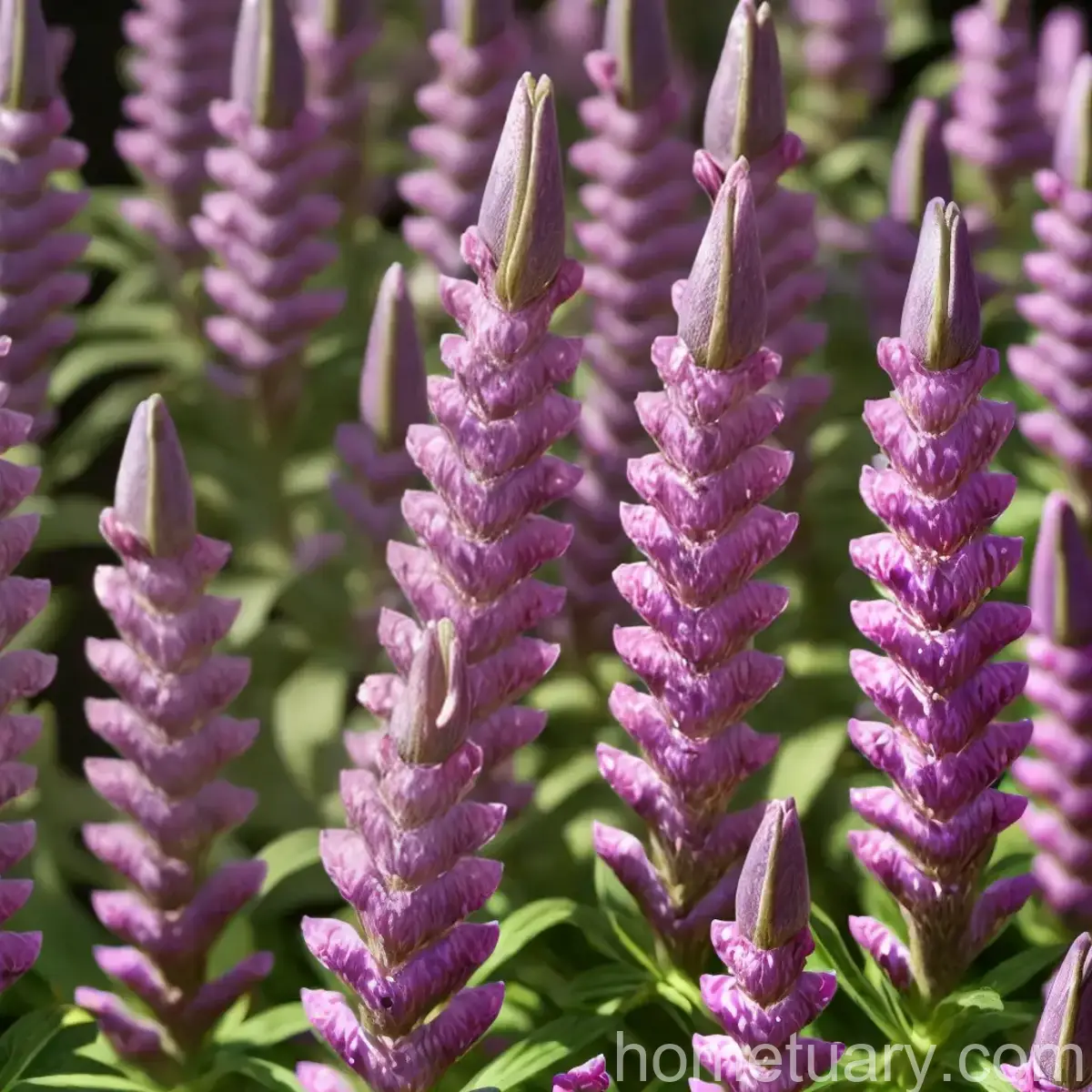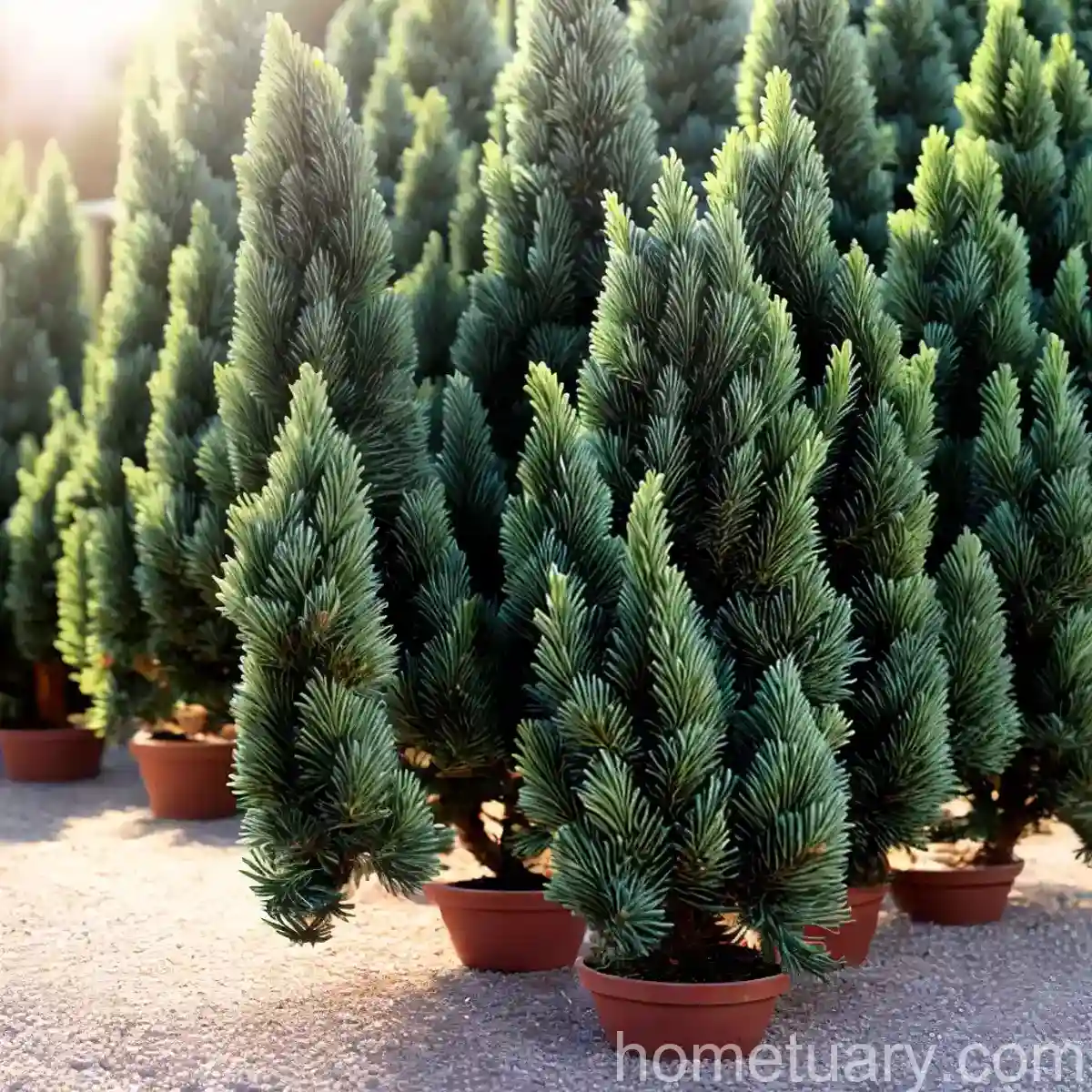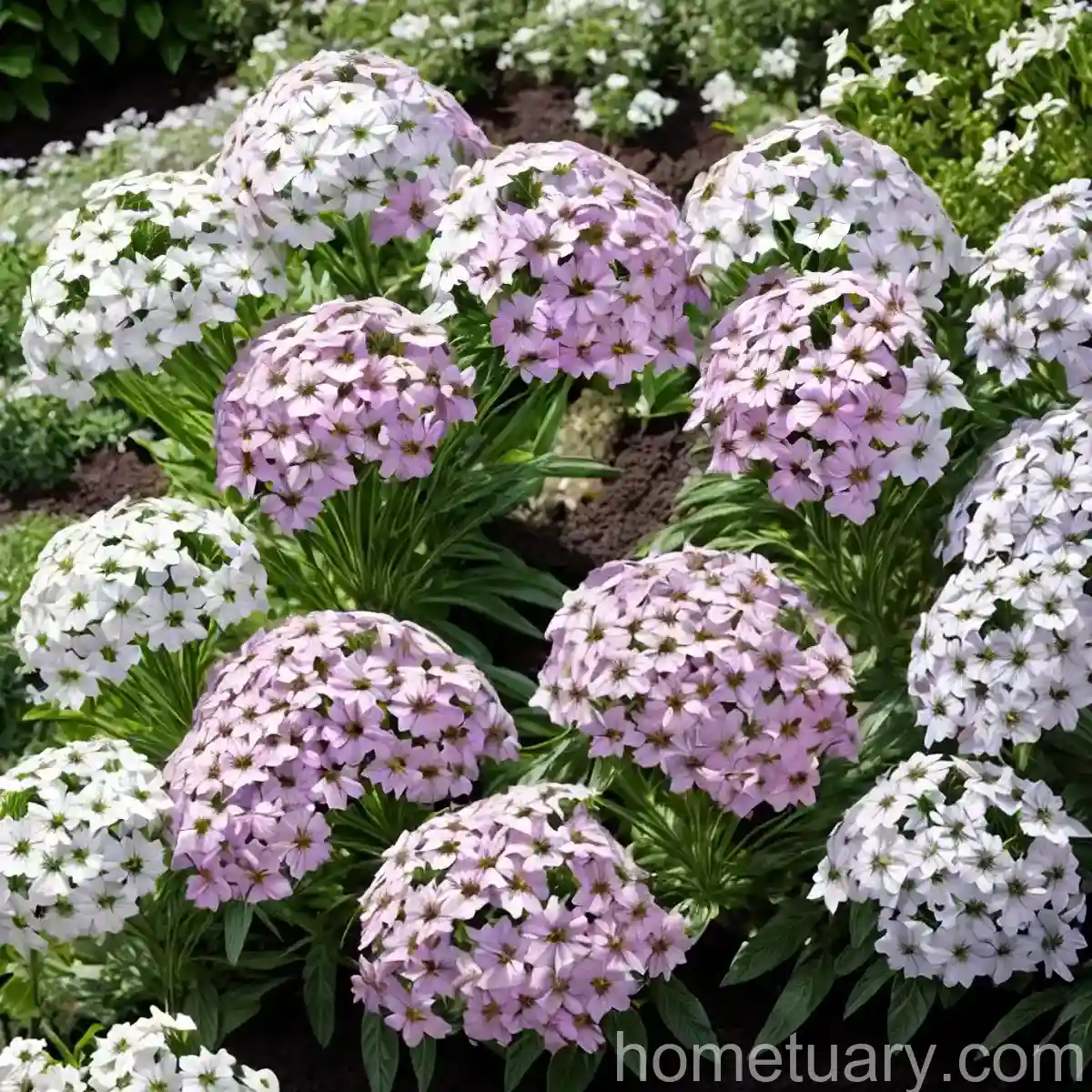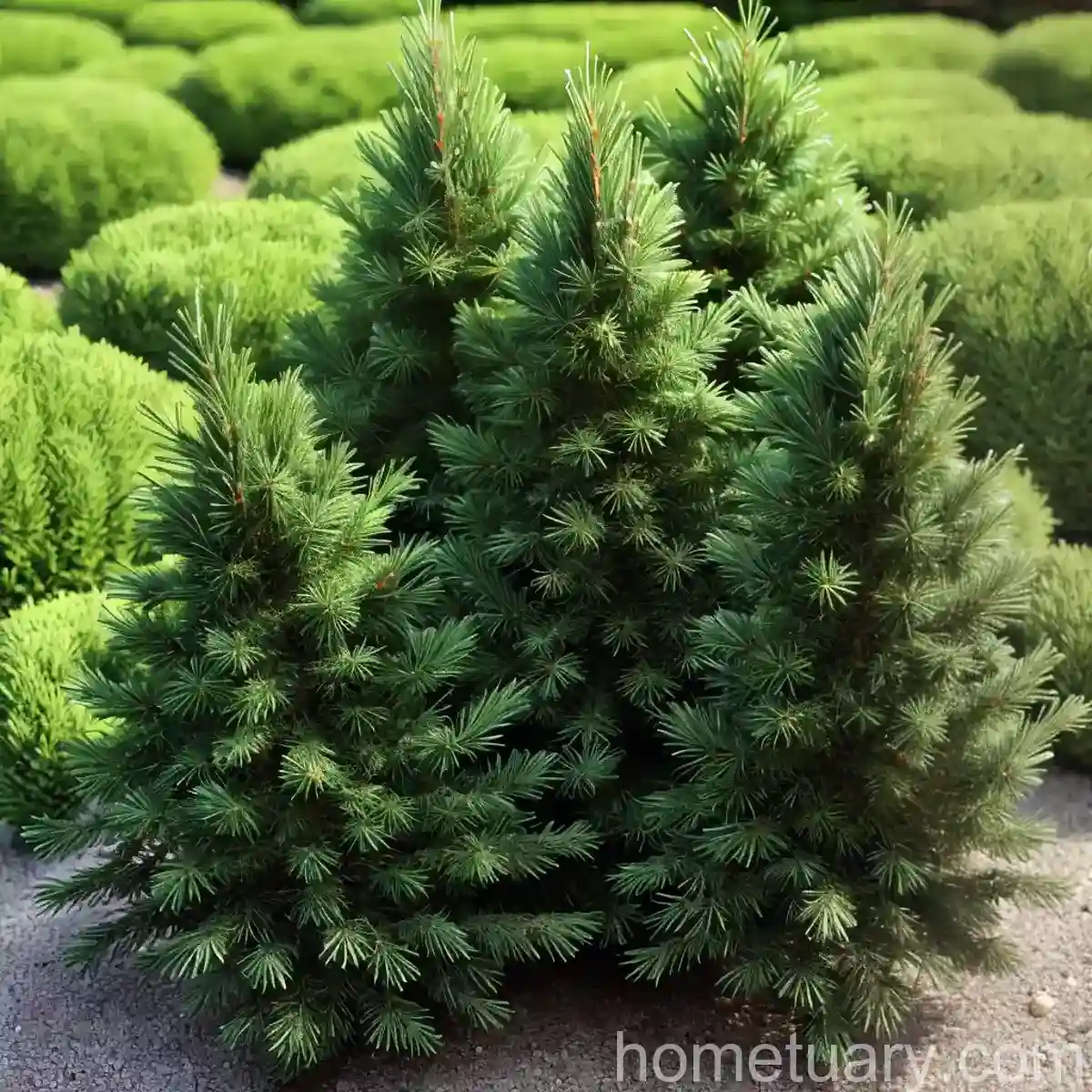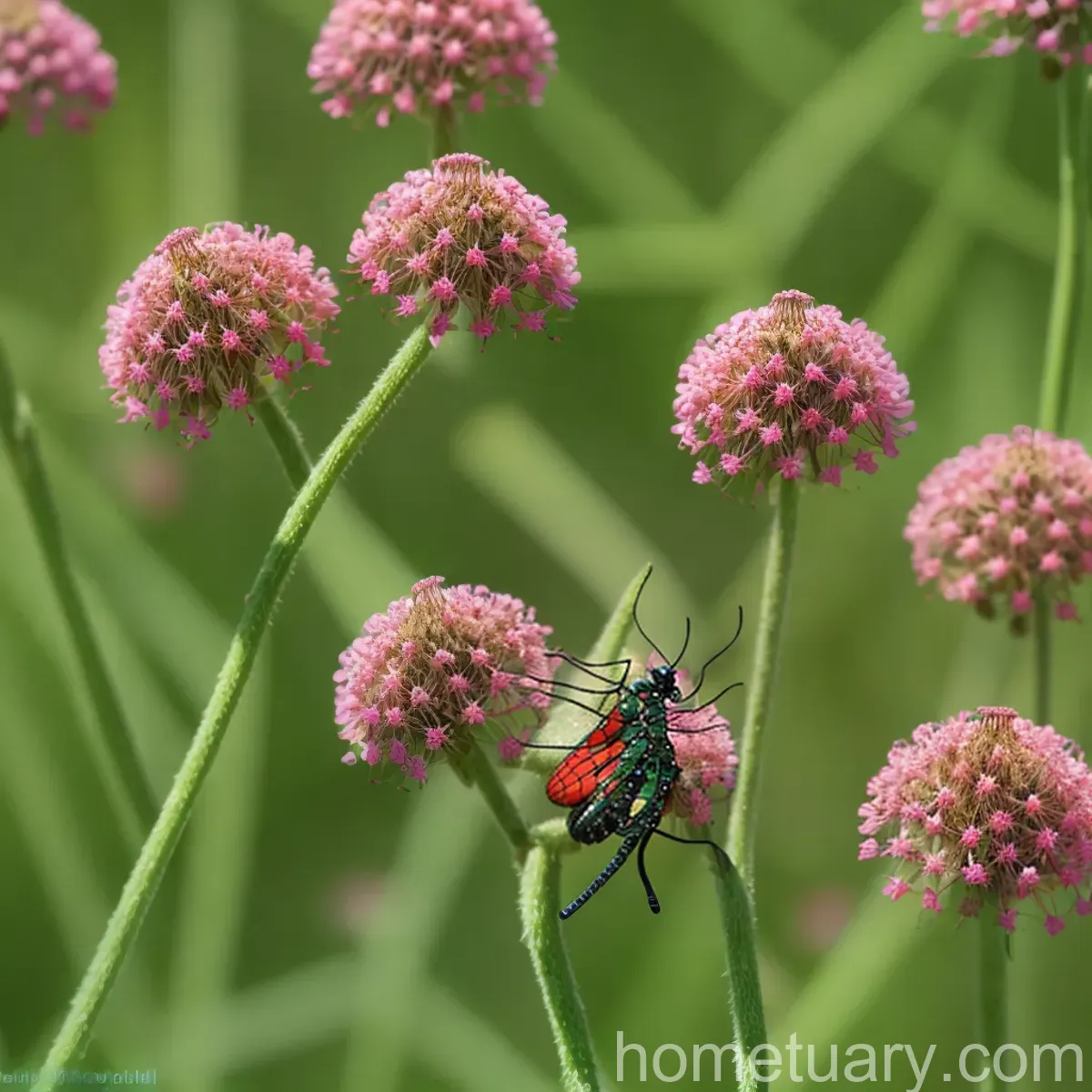Garden Phlox (Phlox paniculata ‘Franz Schubert’)
Garden Phlox (Phlox paniculata ‘Franz Schubert’) is a stunning herbaceous perennial known for its beautiful, fragrant flowers that bloom in a variety of colors. It is a popular choice among gardeners due to its ease of cultivation, spectacular floral display, and attractiveness to pollinators. In this comprehensive guide, we will delve into the culture, uses, maintenance, and interesting facts about this captivating plant.
What is Garden Phlox (Phlox paniculata ‘Franz Schubert’)?
Garden Phlox, scientifically known as Phlox paniculata, is a long-lived perennial species that originates from North America. It is a member of the Polemoniaceae family and is commonly referred to as summer phlox. The ‘Franz Schubert’ cultivar is specifically celebrated for its large clusters of fragrant, lavender-pink flowers with dark purple eyes, blooming in mid to late summer.
The plant typically grows to a height of 2 to 4 feet and has a spread of about 2 to 3 feet. Its lance-shaped green leaves create a beautiful backdrop for the vibrant clusters of flowers and add to the plant’s ornamental value.

Image source: Wikimedia Commons
Key Takeaways – Garden Phlox (Phlox paniculata ‘Franz Schubert’)
Here are the key takeaways about Garden Phlox ‘Franz Schubert’:
- Scientific Name: Phlox paniculata ‘Franz Schubert’
- Common Name: Garden Phlox
- Cultural Requirements: well-drained soil, regular watering, full to partial sunlight
- Uses: Ornamental gardening, attracting pollinators
- Notable Features: Clusters of fragrant, lavender-pink flowers with dark purple eyes
- Maintenance: Regular deadheading to promote continuous blooming, division every few years
- Pest and Disease Resistance: Susceptible to powdery mildew, spider mites, and stem cankers
Now, let’s dive deeper into the various aspects of Garden Phlox cultivation and maintenance.
Culture
Water
Watering Requirement: Moderate to Regular
Garden Phlox generally requires a moderate amount of water. The soil should be kept consistently moist, especially during the hot summer months. However, it is crucial to avoid overwatering, as this can lead to root rot and other moisture-related issues.
Sunlight
Sunlight Requirement: Full to Partial Sun
Garden Phlox thrives in full sunlight, producing the best floral display when exposed to six to eight hours of direct sunlight per day. However, it can also tolerate partial shade, particularly in regions with intense summer heat.
Fertilizer
Fertilization: Annual Feeding
To support healthy growth and prolific flowering, Garden Phlox benefits from an annual feeding in early spring. A balanced, slow-release fertilizer can be used to provide essential nutrients to the soil.
Soil
Soil Type: Well-Drained, Fertile Soil
Garden Phlox prefers well-drained, fertile soil with a slightly acidic to neutral pH. Amending the soil with organic matter, such as compost or well-rotted manure, can improve its overall quality and enhance the plant’s performance.
Pruning
Deadheading: Regular Removal of Spent Flowers
Deadheading, the process of removing spent flowers, is essential for encouraging continuous blooming and prolonging the overall flowering period. This should be done throughout the growing season to maintain the plant’s aesthetic appeal and prevent self-seeding.
Propagation
Propagation Method: Division
Garden Phlox can be propagated through division, typically performed in early spring or fall. The process involves carefully digging up the plant, dividing the clumps into smaller sections, and replanting them in suitable locations. This method helps rejuvenate older plants and create new ones for expansion or sharing with other gardeners.
Container Popularity
Container Gardening: Suitable in Large Containers
While Garden Phlox is primarily grown in garden beds and borders, it can also thrive in large containers, provided that the soil is well-drained and nutrient-rich. This makes it a versatile option for gardeners with limited space or those looking to add height and color to their patio or deck.
Common Diseases
Disease Diagnosis
Garden Phlox is susceptible to a few common diseases, including:
- Powdery Mildew: This fungal disease often appears as a white, powdery coating on the foliage, primarily in humid conditions. Good air circulation and proper spacing between plants can help mitigate the occurrence of powdery mildew.
Common Pests
Garden Phlox may experience infestations from various pests, such as:
- Spider Mites: These tiny arachnids can cause stippling and discoloration on the leaves, leading to weakened plant vigor.
- Stem Cankers: These fungal infections manifest as sunken areas on the stems, potentially causing the collapse of affected plant parts.
Botanist’s Tips
- Companion Plants: Garden Phlox complements other summer-blooming perennials, such as coneflowers (Echinacea), black-eyed Susans (Rudbeckia), and bee balms (Monarda).
- Wildlife Attraction: The fragrant flowers of Garden Phlox attract various pollinators, including butterflies and hummingbirds, enhancing the ecological value of the garden.
- Deer Resistance: While no plant is completely deer-proof, Garden Phlox is known for its moderate resistance to deer browsing, making it a suitable choice for gardens frequented by these herbivores.
Fun Facts
Here are some interesting tidbits about Garden Phlox:
- The genus name “Phlox” is derived from the Greek word for “flame,” referencing the vibrant colors of the plant’s flowers.
- Garden Phlox flowers are edible and can be used to add a colorful, fragrant touch to salads or desserts.
- ‘Franz Schubert’ was named after the Austrian composer, known for his romantic compositions, reflecting the cultivar’s elegant and timeless beauty.
Links to External Resources
For more information about Garden Phlox, refer to the following resources:
- The Royal Horticultural Society – Growing Garden Phlox
- University of Illinois Extension – Phlox and Powdery Mildew
- Missouri Botanical Garden – Plant Finder: Phlox paniculata ‘Franz Schubert’
In conclusion, Garden Phlox (Phlox paniculata ‘Franz Schubert’) is a delightful and versatile perennial that adds charm and vibrancy to gardens and landscapes. With proper care, it can reward gardeners with an abundance of fragrant blooms and contribute to the ecological diversity of the surroundings. Whether planted in traditional flower beds or utilized in container arrangements, this captivating species continues to be a cherished favorite among plant enthusiasts and nature admirers alike.





